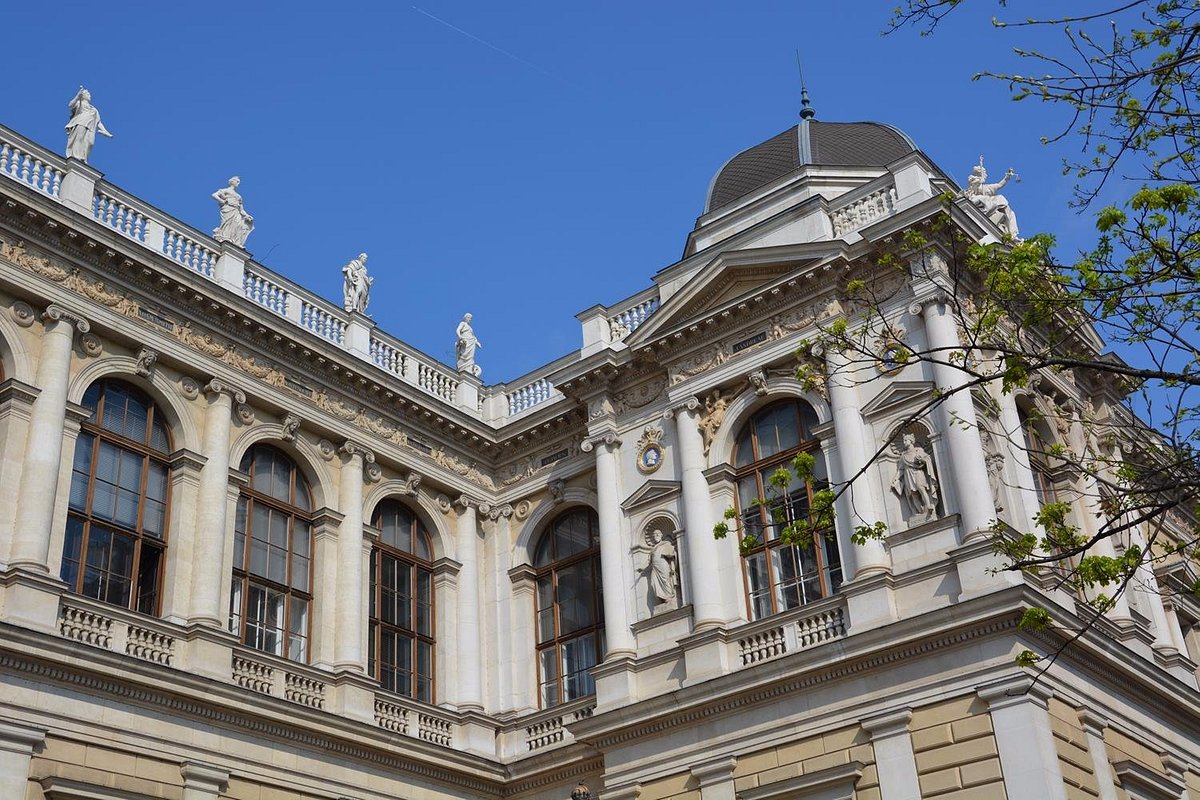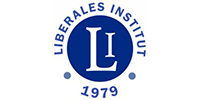Ten years ago, on April 8, 2013 Margaret Thatcher died in London.
I
Soon after “Maggie” Thatcher was elected leader of the British Conservative Party in
1975, she impatiently interrupted the previous speaker in an important political strategy
discussion, slammed F.A. von Hayek’s book The Constitution of Liberty on the table and
made it clear to the assembled party leadership that this work was her economic and
socio-political credo. Perhaps she was thinking in particular of the last chapter of this
work, which Hayek entitled “Why I am not a Conservative”.
Although F.A. von Hayek (Nobel Prize 1974) was never officially Thatcher’s adviser, the
influence of his thinking is difficult to miss.
After all, Margaret Thatcher (1925-2013), as a young chemistry student at Oxford was already devouring Hayek’s famous book
The Road to Serfdom, a bestseller during the years following WWII. But Milton Friedman
(Nobel Prize 1976), who also never served as her advisor, should not go unmentioned
here. His handwriting can hardly be overlooked, especially in Thatcher’s monetary
policy. Hayek’s and Friedman’s ideas and influence are clearly summarized in an
interesting pamphlet The Right Approach to the Economy (London, 1977).
II
The clear failure of the overregulated British economy, the nationalization of the most
important industries, including supply and transport corporations, but also the careless
expansion of the unaffordable “National Health Service” (NHS) had made England the
‘sick man of Europe’ during the 1970s. Although the standard of living of large parts of
the English population improved statistically during this time, the alleged prosperity
ended in the so-called English Disease, which soon became synonymous with
overpowering trade unions, the decline in economic efficiency and competitiveness, and
most importantly with the corrupting welfare state.
When Thatcher became England’s first female Prime Minister in 1979, she faced the
most haunting and challenging task of turning the socially and economically rapidly
declining country with inflation rates reaching 20% and an astronomical national debt into a modern society, based on free markets, limited government, a robust civil society
and the rule of law. Thatcher surprised England with a radical cure of a firm austerity
policy, which she could swiftly implement due to her majority in parliament. Thatcher’s
consistent reform policy brought the vaguely discussed welfare state consensus of the
Labor Party, Conservatives and Liberals to a grinding and sudden halt. Her political
approach soon was branded Thatcherism and did not only refer to her politics, but also
to her combative personal style, her ethical outlook or strong regard for the interests of
the individual. Although condescendingly condemned by Keynesians of all stripes in
most or Western Europe, her successful policy approach was often copied in Eastern
Europe.
III
Due to Thatcher’s ‘shock therapy suddenly there was neither room for subsidies for
state-owned companies nor for regulatory state interventions into the socio-economic
fabric of society. The standard of applied social policy was no longer tied to the desire
for financial state benefits of all kinds, rather to budgetary restraints. For Thatcher
unemployment was no longer presumed as a public social problem, but as an individual
fate, and the responsibility for looking for work was primarily transferred back to those
affected. In other words, Thatcher’s credo was that only free markets, limited
government, a robust civil society and the Rule of Law could modernize the economy
and society. Her aim was to free the British economy from outdated and uncompetitive
structures, to promote entrepreneurship and to make people less dependent of public
transfer payments. In almost all areas, attempts were made to consistently push back
the influence of the state.
In tough political struggles, Thatcher gradually succeeded in introducing some
comprehensive legislation and began to drastically pushing back the power and the
undemocratic privileges of the large and influential trade unions. In the early years of
her government, the trade unions reacted to these measures with sometimes bitter
strikes, which often escalated into violent riots.
Although capital slowly began to flow back to England due to the abolition of exchange
controls and tax cuts, the unemployment rate increased dramatically, putting Thatcher under great political pressure even within her own party. However, when asked to
quickly reverse her approach and make a U-turn, she famously responded with her
battle cry “the Lady’s not for turning!” Despite angry protests, an unemployment rate of
almost 12% and a serious political opposition during her first term, Thatcher stayed her
course and managed to control inflation and to reduce the astronomical government
spending.
After years of double-digit inflation rates, her steely budget discipline and the
tools of Friedman’s monetarism succeeded in bringing inflation down to below 5% by 1983.
In April 1982, Thatcher responded to Argentina’s unprovoked invasion of the Falkland
Islands with a harsh military ultimatum. After only a few days after Argentina did not
meet the conditions, she mobilized the Royal Navy and launched a fleet of over 100
ships. The war ended in June 1982 with Argentina’s surrender.
IV
A year later, as the British economy began to recover strongly, Thatcher meanwhile
nicknamed as the ‘Iron Lady’ was re-elected in an unprecedented landslide victory.
Equipped with a comfortable parliamentary majority, she began to realize her vision of
“people’s capitalism”. In a first step Thatcher forced the comprehensive privatization of
unprofitable state-owned companies and encouraged especially their employees to
acquire shares of these companies. But not only politically almost untouchable giants
such as National Freight, British Coal, British Telecom, British Gas or British Airways
were successfully auctioned off. The sale of well over a million state-owned apartment
buildings and apartments to their tenants at reduced prices also effectively promoted
the acquisition of real estate on a large scale.
However, when Thatcher announced the closure of several hopelessly outdated and
loss-making coal mines and the elimination of some 20,000 jobs, she was met with
fierce and often violent opposition from nearly 1 million unionized and militant miners.
Led by its President, the Marxist Arthur Scargill, the National Union of Mineworkers
(NUM) emerged as a political spearhead in nationwide demonstrations against
Thatcher’s austerity policies. This led to a vicious and relentless strike aimed at
Thatcher’s government in March 1984. The ugly scenes of South Yorkshire are strikingly similar to the situation in today’s France. At stake was a politically fundamental
issue, because the discourse was about the exclusive right of the owner to control and
run an industry responsibly and about the indiscriminate power of trade unions to
intervene. The political defeat of the miners after a 362-day strike was both, the climax
and the end of the politically motivated protest by the English trade union organizations
against her vision of a free market economy.
Despite Thatcher’s reputation as being inflexible and unyielding, starting from the mid-
1980s in the face of massive opposition she revised some of her further
denationalization plans. Not only did she reverse her intention to privatize the
unaffordable yet hugly popular National Health Service (NHS) or the public water
supply. Also student loans and subsidies individual pension insurance planes were
again guaranteed by the state.
Despite the showing of many political polls that her government is doomed, Thatcher
won the elections for the third time in June 1987. She tried to use this political capital,
unique in the history of Great Britain, to introduce more competition in the various
systems of public education and the NHS, however with mixed success.
The so-called Lawson Boom (named after her Treasury Secretary Nigel Lawson),
triggered tax and credit breaks, led to budget surpluses and brought the unemployment
rate down to about 7%. However, the stock market crash of October 1987 and internal
conflicts over Britain’s future political role within the EU marred some of these
achievements. Unlike Lawson, Thatcher was convinced that pegging the British pound
to other European currencies would mean the loss of Britain's independence.
It was especially her ill-fated attempt to enforce her idea of a personal kind of poll tax to
replace the income tax that even her electorate felt to be unreasonable, which initially
led to a great personal loss of popularity. A short time later there were violent
demonstrations in Scotland and the resignation of Nigel Lawson, her finance minister
followed by a number of her economic advisers. After internal party votes were held in
her absence, Thatcher felt deeply humiliated and resigned in late November 1990. After
retiring from the Commons in 1992, Queen Elizabeth II awarded her a life peerage as
Baroness Thatcher (of Kesteven in the County of Lincolnshire) which entitled her to sit
in the House of Lords.
Despite a number of economic and also personal setbacks, the majority of her
government’s economic policy goals had been achieved by the end of her term in 1990.
The unemployment rate had fallen to around 7%, and the 4% inflation rate was the envy
of many countries. Due to the privatization proceeds and especially due to the huge tax
revenue from England’s North Sea oil production, Great Britain’s state budgets were not
only balanced until the end of the 1980s. Even in some years surpluses were achieved,
which were used to decrease the high government debt burden.
On April 8, 2013 the “Iron Lady” died in London at the age of 87.
































